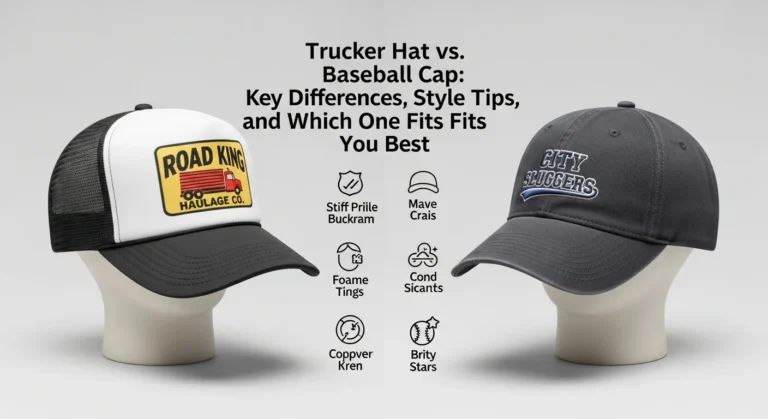Tracksuits have become a key part of both athletic wear and casual fashion. Choosing the right fabric is crucial to getting the best balance of comfort, durability, and style. Knowing the different types of tracksuit fabrics helps people pick the perfect one for their needs, whether for working out or everyday wear.
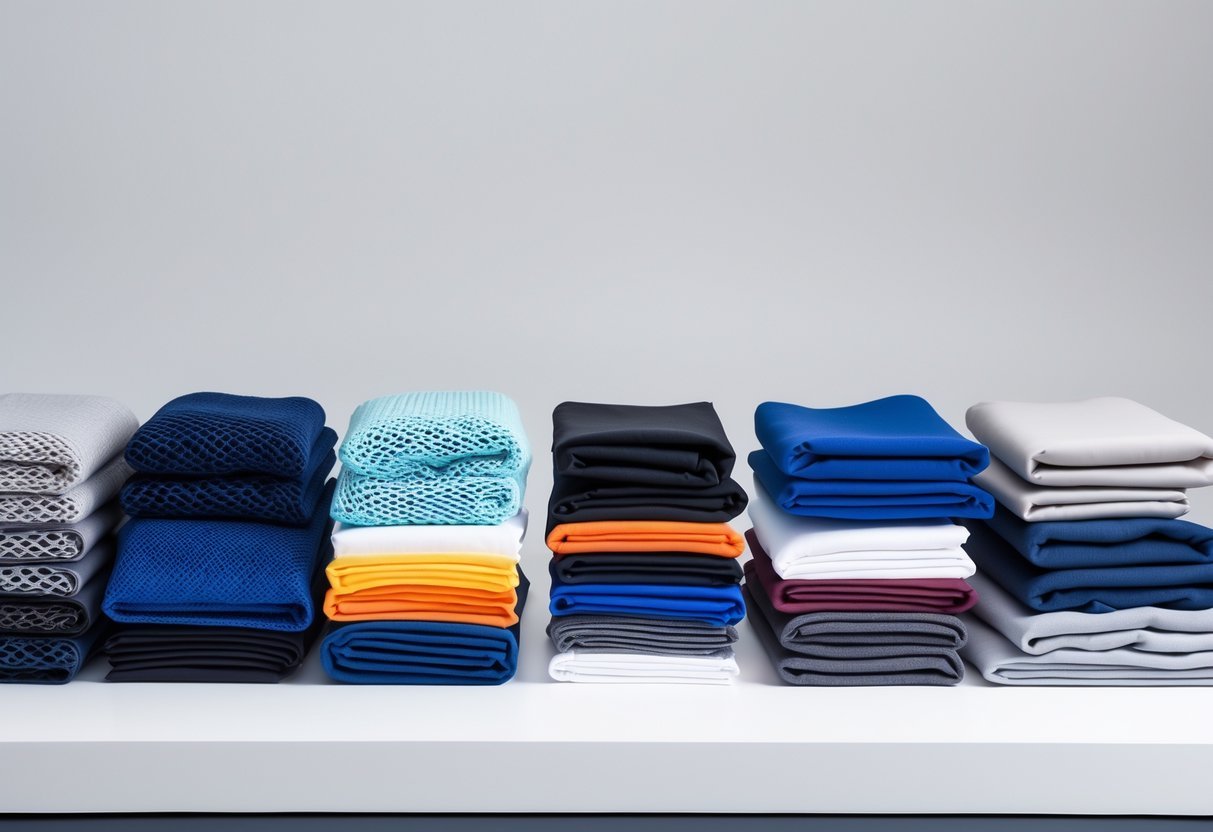
From popular choices like cotton and polyester to newer, specialized materials, each fabric offers unique benefits. Some fabrics focus on breathability and softness, while others offer stretch and moisture-wicking properties. Understanding these options allows for smarter decisions when buying or customizing tracksuits.
This guide covers 13 important tracksuit fabrics everyone should know. It highlights what makes each fabric stand out and how it suits different activities and preferences, making it easier to find the ideal tracksuit for any purpose.
Key Takeaways
- Comfort, durability, and style are key factors in tracksuit fabric choice.
- Popular fabrics like polyester and cotton offer distinct advantages.
- Advanced materials provide added flexibility, breathability, or eco-friendliness.
What Defines a Quality Tracksuit Fabric?
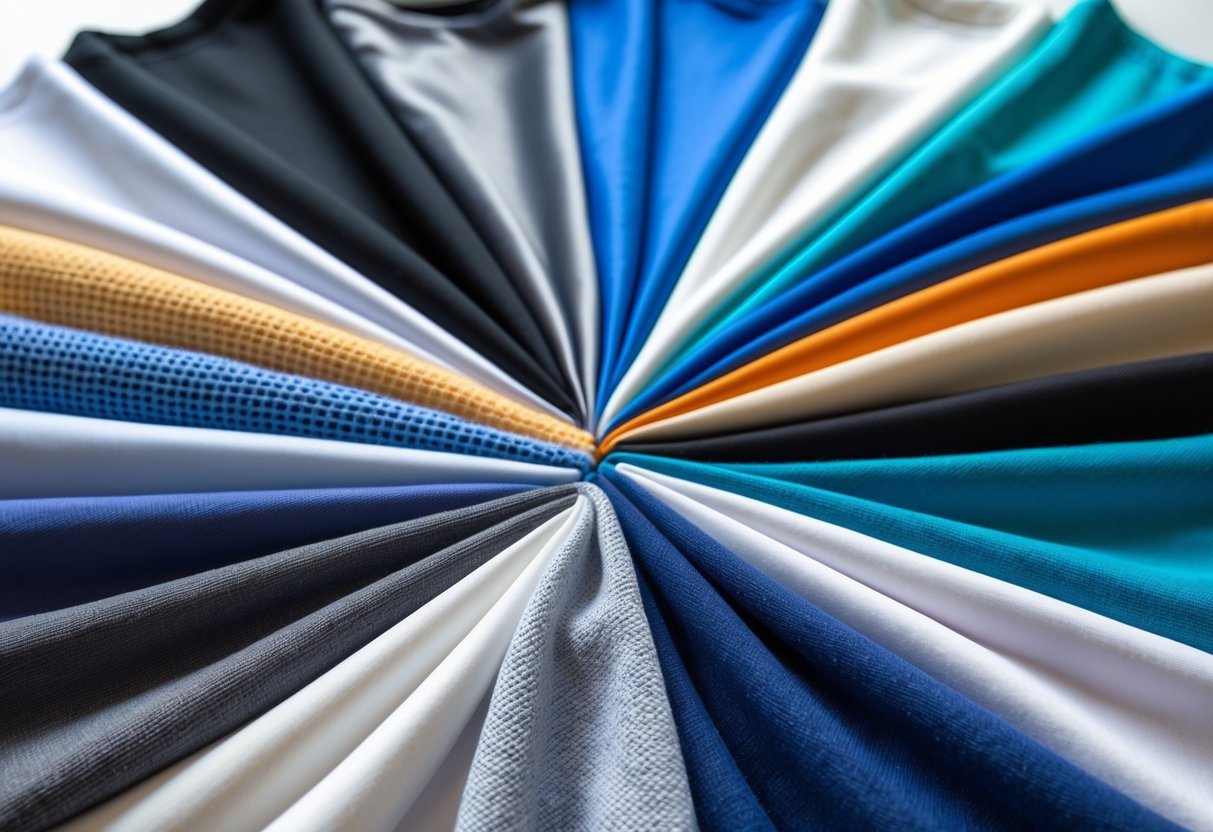
A quality tracksuit fabric must balance comfort, function, and style to suit different needs. Important factors include how well it manages airflow, holds up after use, handles sweat, and fits the wearer’s movements. These qualities make a tracksuit suitable for both sportswear and casual clothing.
Breathability and Comfort
Breathability controls airflow through the fabric, essential for regulating body temperature during workout or everyday wear. Fabrics with good breathability allow sweat and heat to escape, keeping the skin dry and comfortable. Materials like mesh and French terry offer excellent airflow, making them ideal for warm weather or intense activity.
Comfort depends on fabric softness and how it feels against the skin. Natural fibers like cotton fleece provide a softer touch, which is great for casual or loungewear. Synthetic blends such as polyester and spandex add performance benefits but must balance softness to avoid irritation during long wear.
Durability and Longevity
Durability is key for tracksuits used in sportswear, where frequent washing and physical activity can wear down fabric quickly. Polyester and nylon stand out for their strength and resistance to tearing or shrinking. Their synthetic fibers maintain shape and color through many uses and washes.
Tracksuits designed for athleisure also benefit from durable fabrics since they need to look good over time. Blends with spandex increase stretch recovery, preventing sagging or bagging. Durable fabrics reduce the need to replace clothing often, making them practical for everyday wear and performance.
Moisture-Wicking Properties
Moisture-wicking fabrics pull sweat away from the skin to the outer surface, where it evaporates quickly. This keeps athletes and casual wearers dry during exercise or hot weather. Polyester dominates this category for its ability to manage sweat without absorbing moisture.
Natural fabrics like cotton fleece feel soft but absorb moisture rather than wick it away, making them better suited for cooler, low-sweat conditions. Advanced fibers like bamboo also offer moisture-wicking with added antibacterial benefits, enhancing comfort between washes.
Flexibility and Fit
Flexibility allows a tracksuit to move with the body without restricting motion. Spandex blends provide significant stretch, which helps in sportswear by supporting a full range of movement. Even small amounts of spandex (5-15%) improve fit and maintain garment shape.
A good fit also depends on the fabric’s ability to recover from stretching without losing firmness. Jersey knit and tech fleece fabrics combine stretch with a tailored look, balancing performance and style. Flexible fabrics ensure comfort whether the wearer is training or wearing the tracksuit for casual activities.
Types of Tracksuit Fabrics: An Overview
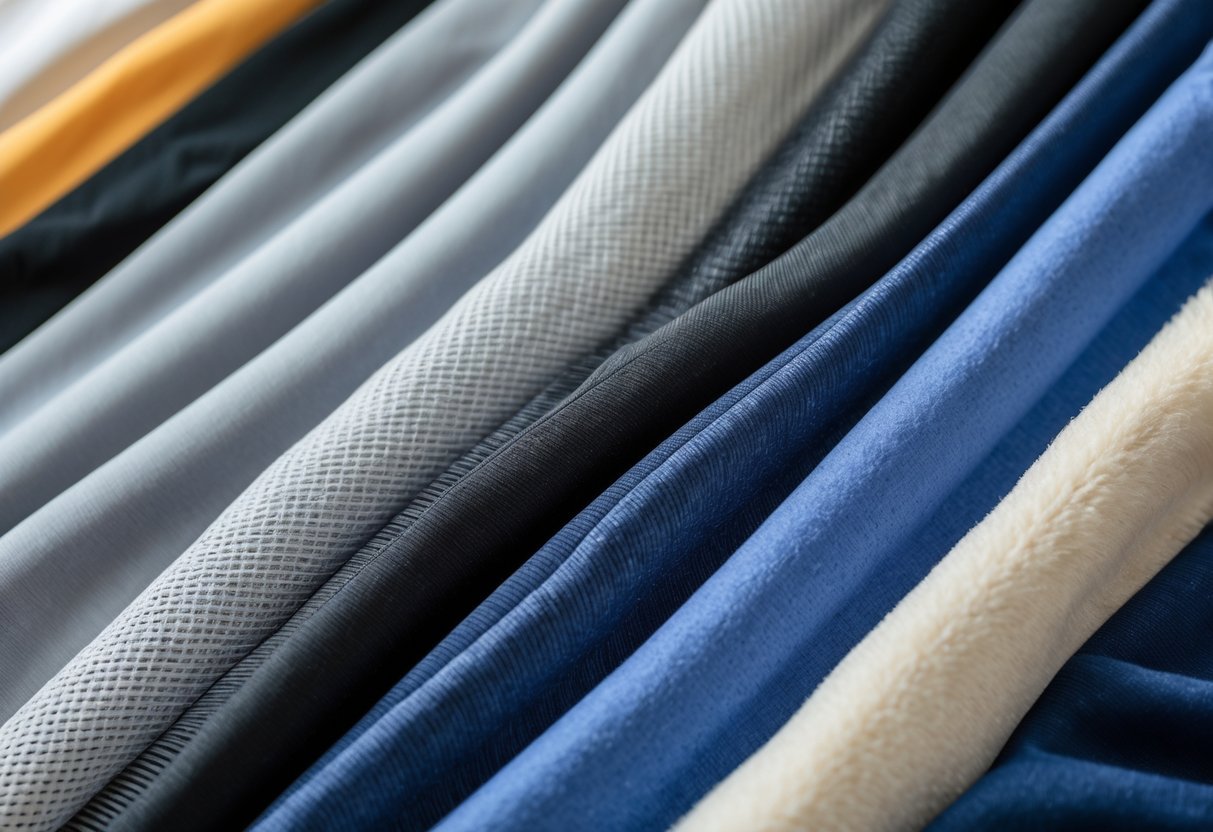
Tracksuit fabrics vary widely, each offering different benefits depending on activity, climate, and personal preference. Some materials focus on comfort and breathability, while others prioritize durability and moisture control. Understanding these differences helps in selecting the right fabric for specific needs, from casual wear to intense workouts.
Natural Fibers Used in Tracksuits
Natural fibers like cotton and wool are commonly used in tracksuits for their breathability and comfort. Cotton is soft, absorbs moisture well, and works best for light to moderate activity or casual wear. It allows the skin to breathe but can become heavy when wet.
Wool, especially merino, is ideal for colder climates. It traps heat efficiently while maintaining breathability and resists odors. These natural fibers are durable and often blended with synthetics to improve stretch and drying time.
Synthetic Fabrics for Modern Tracksuits
Synthetic fabrics such as polyester, nylon, and spandex dominate modern tracksuit production. Polyester is lightweight, dries quickly, and wicks moisture away from the skin, making it ideal for high-intensity exercise.
Nylon adds strength and abrasion resistance, enhancing durability. Spandex provides elasticity, allowing tracksuits to stretch without losing shape. Many tracksuits mix these synthetics for balanced performance, combining comfort, fit, and durability.
Eco-Friendly and Sustainable Options
Sustainability is increasingly important in tracksuit fabric choices. Recycled polyester, made from plastic waste, offers the same performance as regular polyester but reduces environmental impact.
Other eco-friendly options include bamboo fiber and TENCEL™, both biodegradable and moisture-wicking. These materials also naturally resist odors and provide UV protection. Customized warmups can now be made with these fabrics, allowing brands to offer environmentally responsible products without compromising comfort or style.
Polyester: The Industry Standard
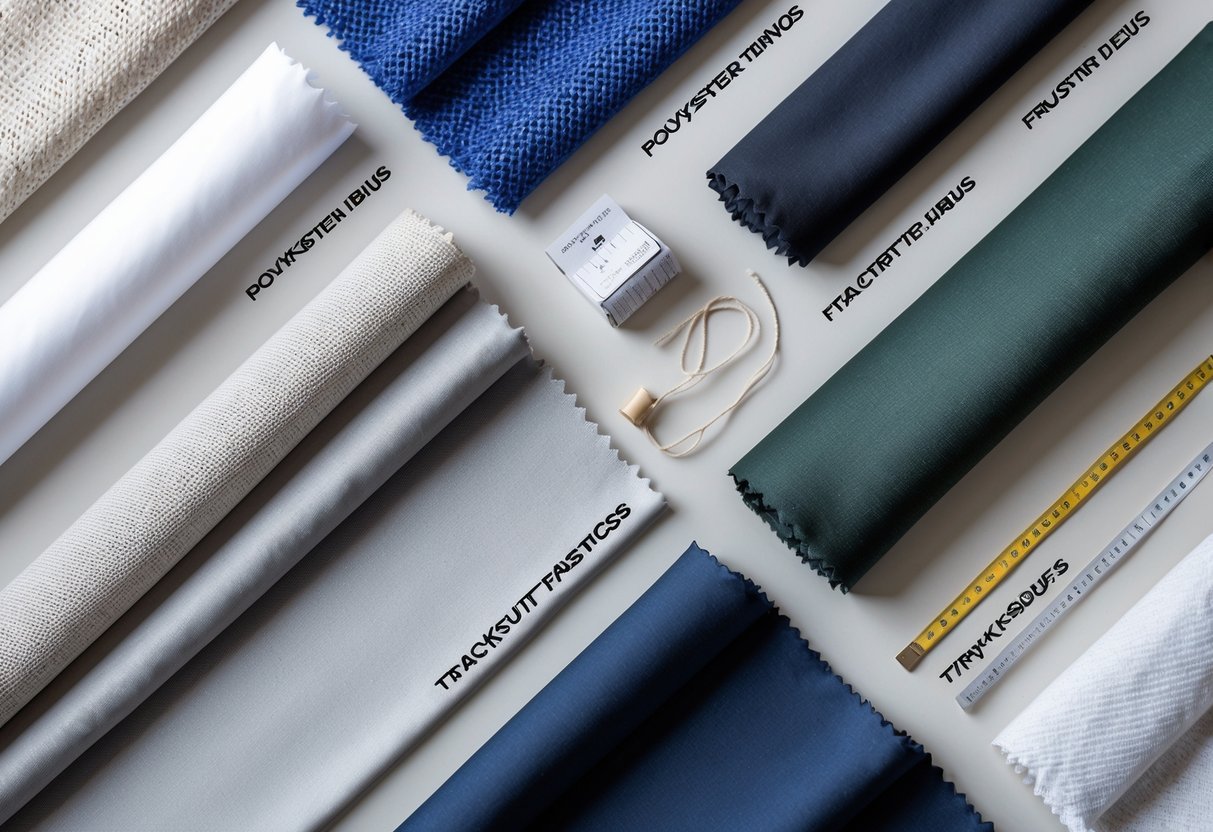
Polyester is one of the most widely used fabrics for tracksuits because of its durability, moisture management, and shape retention. Variations like recycled polyester add an eco-friendly element without losing performance. Blending polyester with other materials enhances comfort and flexibility for different activity levels and styles.
Properties of Polyester Tracksuits
Polyester is a synthetic fabric known for its strength and resistance to shrinking or stretching. It dries quickly and wicks moisture away from the skin, which helps keep wearers dry during exercise. These qualities make polyester tracksuits popular for high-intensity activities.
The fabric is lightweight but durable, maintaining its shape even after many washes. It offers some breathability, though it is less breathable than natural fibers like cotton. Polyester tracksuits often have a smooth texture, giving them a clean, sporty look.
Advantages of Recycled Polyester
Recycled polyester uses plastic waste, such as bottles, to create fabric. This process reduces environmental impact by lowering energy use and reducing landfill waste compared to producing new polyester.
Tracksuits made from recycled polyester offer the same moisture-wicking and durability properties as traditional polyester. They provide a sustainable option for those who want performance without compromising eco-conscious values.
Recycled polyester can also be blended with other materials, making it versatile for various styles and activity demands while supporting sustainability efforts.
Polyester Blends and Their Uses
Polyester is often blended with fabrics like cotton or spandex to enhance comfort, flexibility, and breathability. Blends with cotton soften the feel while keeping some moisture-wicking ability, ideal for casual wear or light activity.
Adding spandex to polyester gives the fabric stretch, improving movement during workouts that require flexibility. Blended polyester tracksuits are versatile and suitable for everything from gym sessions to daily wear.
These blends balance durability, comfort, and style, making polyester-based blends a common choice for modern tracksuits in many settings.
Cotton and Cotton Blends in Tracksuits
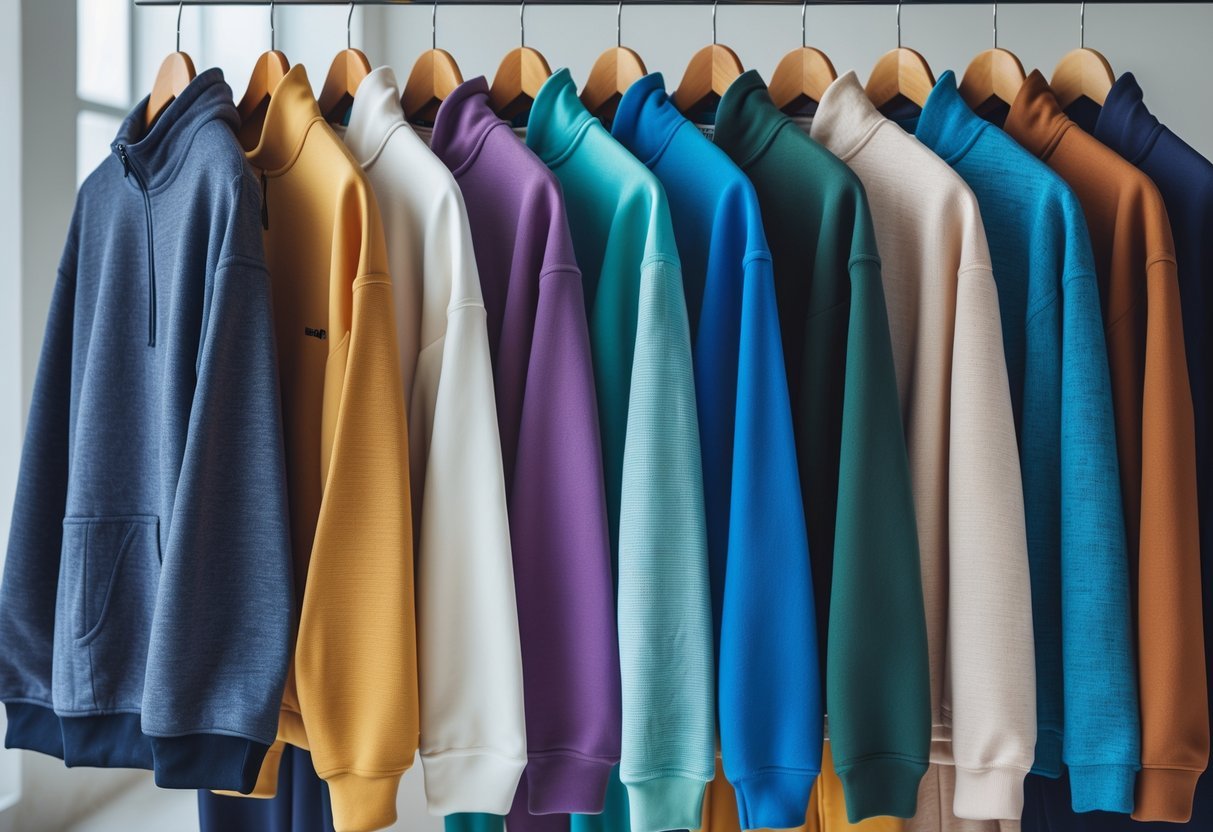
Cotton is a popular fabric choice for tracksuits due to its natural comfort and breathability. When blended with synthetic fibers, it gains added durability and stretch. However, pure cotton also has limitations, such as slower drying time and less resilience during heavy activity.
Cotton Tracksuits: Comfort and Breathability
Cotton tracksuits are soft and gentle on the skin. The natural fibers allow air to pass through, making these garments breathable. This helps reduce sweating and keeps the wearer feeling cool during light or casual activities.
Organic cotton is often preferred for its eco-friendly farming methods and fewer chemicals. Cotton tracksuits work well for daily wear and mild exercise but may not perform as well in high-intensity workouts.
Combining Cotton with Synthetics
Cotton blends mix natural cotton fibers with materials like polyester or spandex. These blends keep the softness of cotton while adding stretch, durability, and moisture-wicking properties.
A common blend might be 80% cotton and 20% polyester. This mix improves the tracksuit’s resistance to wrinkles and shrinking. Adding spandex gives extra flexibility for movement, making it better suited for active sports.
Drawbacks of Pure Cotton Fabrics
Pure cotton tracksuits absorb moisture and dry slowly. This can cause discomfort during intense exercise or wet weather conditions. Cotton also tends to lose shape over time and wrinkles easily.
Because of these issues, pure cotton may not offer the best performance for athletes. It is best reserved for casual wear or light activities where breathability and softness are the main priorities.
Spotlight on Advanced Tracksuit Fabrrics
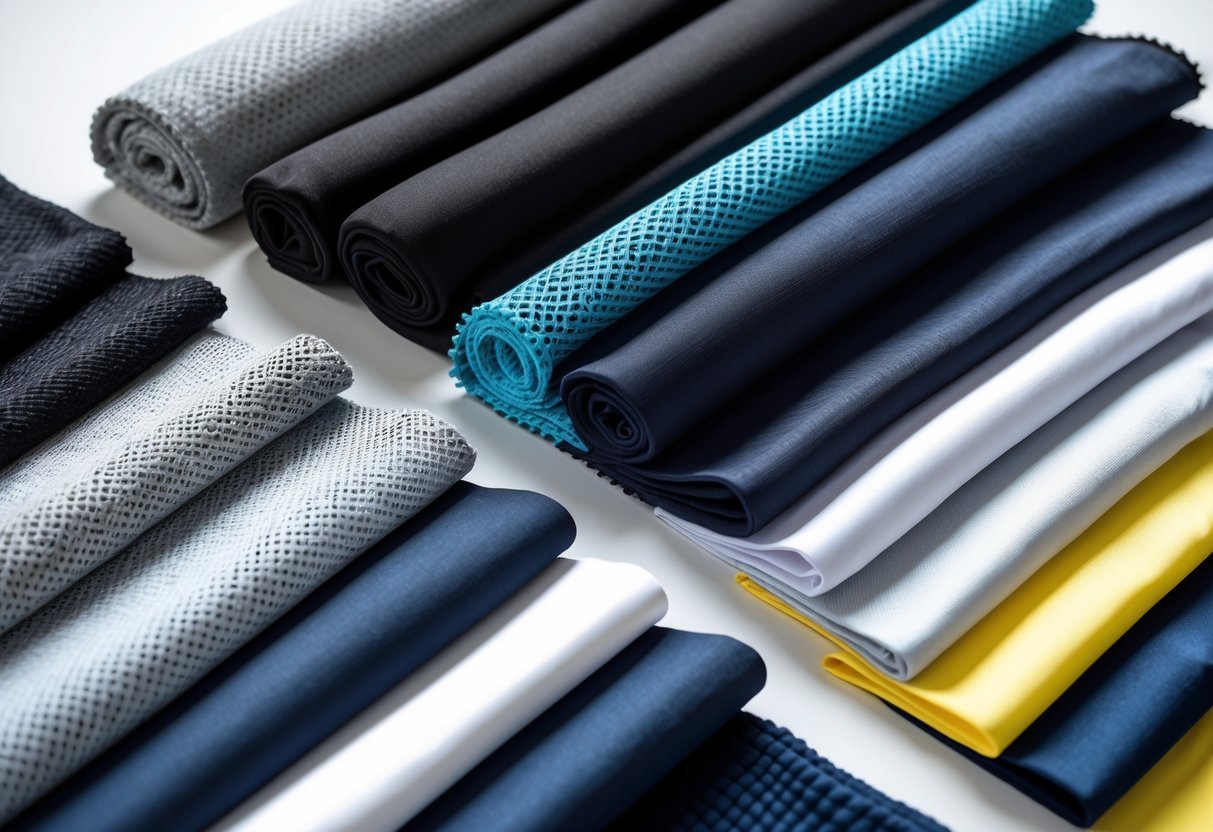
Advanced tracksuit fabrics focus on balancing performance, comfort, and durability. These materials provide targeted benefits like stretch, insulation, and resistance to elements, helping athletes and casual wearers alike.
Nylon and Nylon Blends for Performance
Nylon is known for its strength and lightweight feel. It offers a smooth, water-resistant surface that helps protect against wind and light rain. This makes nylon tracksuits a good choice for outdoor activities.
The fabric also holds its shape well, which gives a more tailored and clean look compared to some other materials. Nylon blends often include other fibers like spandex to add flexibility without losing durability.
Nylon’s quick-drying properties improve comfort during intense workouts. It is common to find nylon panels used with mesh inserts to boost ventilation, making it ideal for runners and athletes training in variable weather.
Spandex for Stretch and Flexibility
Spandex is prized for its exceptional stretch and recovery. Even a small amount, usually between 5-15%, in a fabric blend greatly enhances flexibility.
It moves with the body, which reduces restriction and supports varied movements in activities like running or gym workouts. Spandex blends hold their shape well and resist sagging after repeated wear.
Tracksuits with spandex are common in sportswear because they offer a snug fit that adapts without losing comfort. When combined with nylon or polyester, spandex boosts performance features while maintaining easy care.
Fleece for Insulation and Comfort
Fleece excels at providing warmth without heavy weight. Its soft, brushed surface traps heat and offers insulation in cooler weather.
Fleece tracksuits are popular for casual wear and post-workout recovery due to their comfort and softness against the skin. Unlike synthetic wicking fabrics, fleece absorbs moisture but remains breathable enough to avoid overheating indoors.
Cotton-blend fleeces deliver extra softness, while synthetic versions dry faster. This fabric is suited for those looking for warmth and coziness rather than maximum sweat management during intense exercise.
Emerging and Specialized Tracksuit Materials
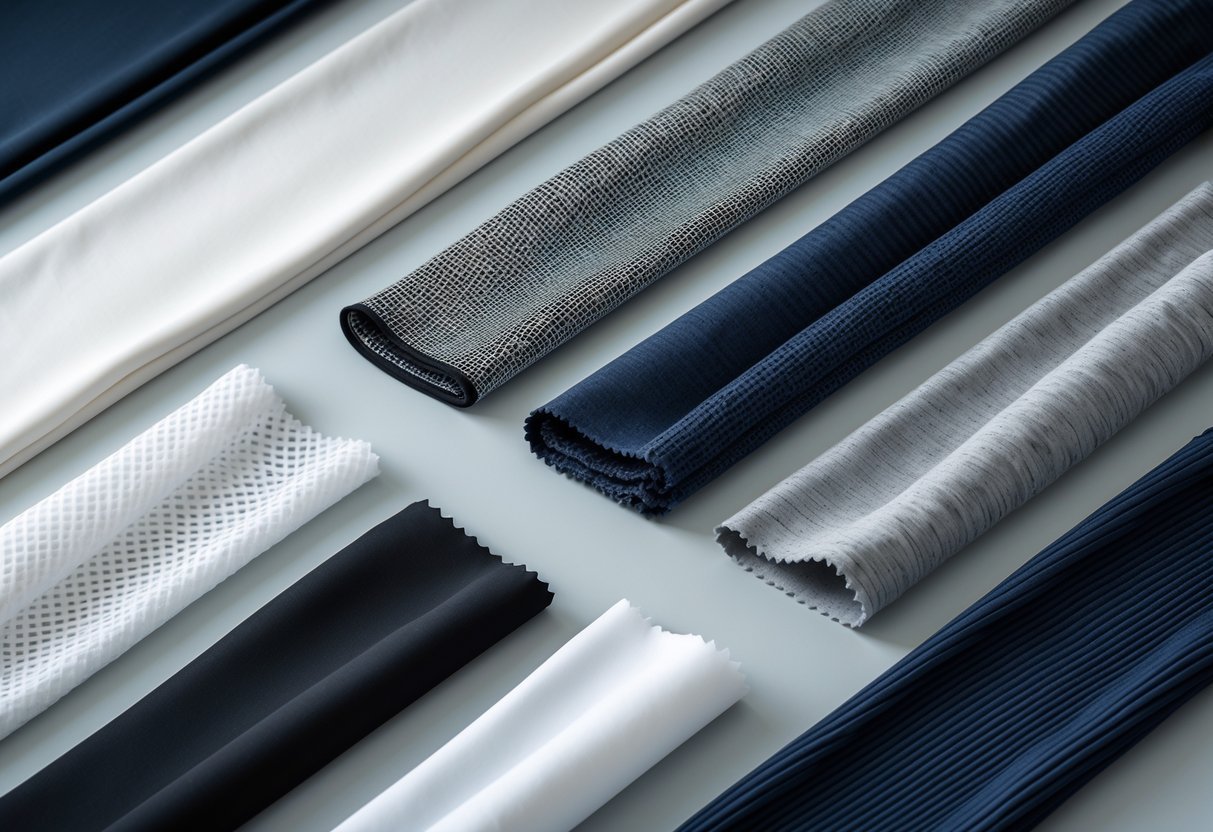
Some tracksuit materials stand out for their unique properties like warmth, sustainability, or being ultra-lightweight. These fabrics often serve specific needs, from cold weather protection to eco-friendliness or high-performance wear. Understanding their features helps in choosing the right material for specialized uses.
Wool for Premium Warmth
Wool is a natural fiber prized for its excellent insulation. It traps heat effectively, making it ideal for tracksuits designed for cold climates or outdoor winter activities. Unlike many synthetic fabrics, wool breathes well and resists odors, which is useful during long periods of wear.
Wool tracksuits maintain warmth without causing overheating. The fiber can absorb moisture while keeping the wearer dry, which adds to comfort during physical activity in cooler environments. Wool is also naturally durable but may require careful washing to retain its qualities.
Tencel™ and Its Benefits
Tencel™ is a fabric made from softwood fibers, usually eucalyptus trees. It is known for being smooth, lightweight, and highly breathable. This material wicks moisture away from the skin efficiently, helping to keep the wearer dry and comfortable during exercise.
Tencel™ is also eco-friendly because it is biodegradable and produced through environmentally responsible processes. It resists wrinkles and maintains its shape well, which makes it a practical choice for daily wear tracksuits that need to look neat with minimal care.
Microfiber for a Lightweight Feel
Microfiber consists of very fine synthetic fibers, usually polyester or nylon, woven tightly to create a lightweight, soft fabric. Its thin threads offer a smooth texture that feels comfortable on the skin without adding bulk, making it popular in performance sportswear.
Tracksuits made with microfiber dry quickly and wick away sweat effectively due to their dense weave. The fabric also resists wind and water to some degree, which can add protection in varying weather conditions. Microfiber’s durability allows garments to hold up well to frequent use and washing.
Bamboo Fiber for Sustainability
Bamboo fiber is a natural, renewable fabric made from bamboo plants. It is soft, breathable, and has natural antibacterial properties that help reduce odors. This makes it ideal for tracksuits intended for long wear or outdoor activities.
Bamboo fiber also offers UV protection, making it a practical fabric for sun-exposed environments. Moreover, bamboo grows quickly without the need for pesticides or chemicals, marking it as a sustainable choice. Its moisture-wicking ability keeps the skin dry and cool during workouts.
Polypropylene: The Ultralight Option
Polypropylene is a synthetic fabric known for being extremely lightweight and water-resistant. It does not absorb moisture, so sweat stays on the surface where it can evaporate quickly. This quality keeps tracksuits dry and comfortable, especially during high-intensity exercise.
Because of its light weight and durability, polypropylene is often used as a base layer or in combination with other fabrics. It is excellent for athletes needing protection from wet conditions without extra bulk. The fabric also maintains its shape well and resists wear from regular use.
Frequently Asked Questions
Tracksuit fabrics vary widely in strength, comfort, and maintenance needs. Different materials offer unique benefits depending on activity and climate. Understanding the properties of each can help make the best choice for durability, comfort, breathability, and upkeep.
What are the most durable materials for making tracksuits?
Nylon and polyester are among the most durable tracksuit fabrics. They resist abrasion, dry quickly, and hold their shape well after many washes. These materials suit outdoor sports and frequent use.
How do the various tracksuit materials affect comfort and performance?
Materials like cotton offer softness and breathability but may absorb sweat and become heavy. Polyester and nylon wick moisture, dry fast, and allow freedom of movement, supporting better performance. Spandex adds stretch, improving flexibility during exercise.
What are the benefits of using cotton in tracksuit production?
Cotton is soft, breathable, and gentle on the skin. It absorbs moisture well, which can help in low-intensity activities. Cotton tracksuits are comfortable for everyday wear but may not dry quickly during high-intensity workouts.
Can spandex be considered an ideal fabric choice for tracksuits and why?
Spandex provides excellent flexibility and stretchiness, making it ideal for sports requiring full range of motion. It is lightweight, breathable, and commonly blended with other fabrics to enhance comfort and fit.
In terms of breathability, which tracksuit fabric is recommended?
Natural fibers like cotton and wool are highly breathable and promote airflow. For synthetic options, blends with moisture-wicking properties like polyester combined with spandex also offer good breathability while managing sweat.
How do synthetic materials compare to natural fabrics for tracksuits in terms of maintenance?
Synthetic fabrics, such as polyester and nylon, generally require less care. They resist shrinking, fading, and wrinkling, and dry quickly. Natural fabrics like cotton usually need gentler washing and can shrink or lose shape if not cared for properly.



